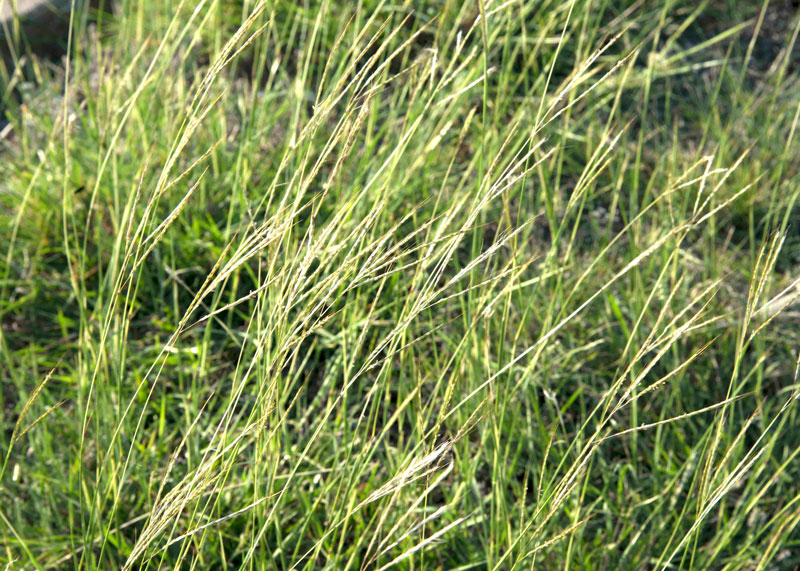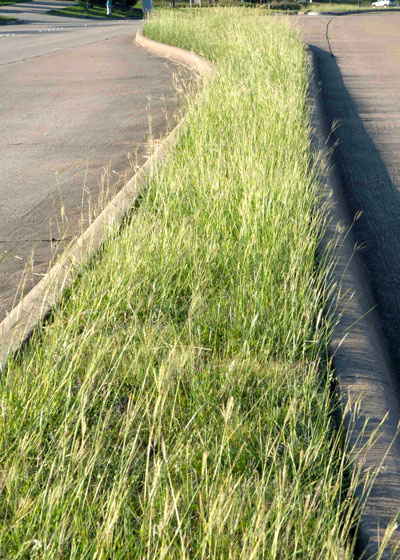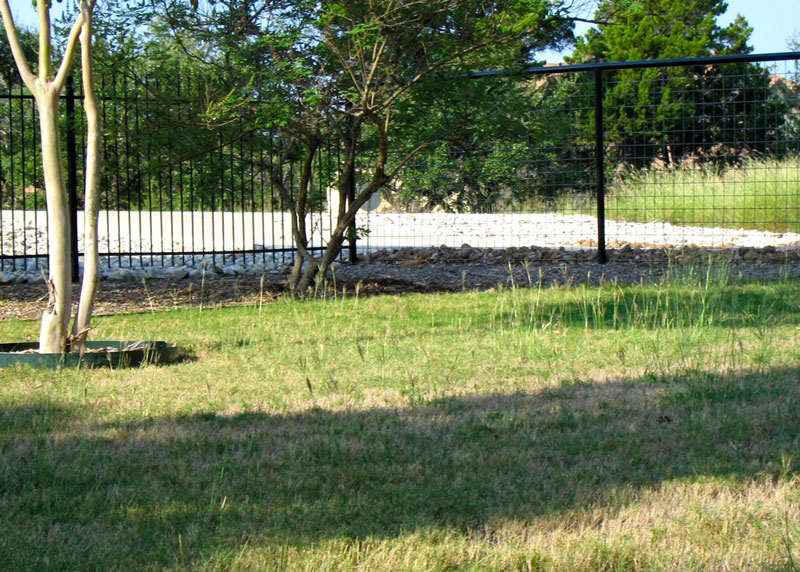Here’s a weed you don’t want
It was the 1920s. Texas ranchers were looking for forage grasses that could hold the soil and stand up to Texas heat and drought and feed their cattle.

The Native Plant Society of Texas says this plant was brought to California from China in 1917, then on to Angleton, Texas, in 1924, where it was given the name Texas yellow beardgrass.
It’s a clumping perennial grass that sends out strong stolons (above-ground runners) and rhizomes (below-ground stems). Left unmowed, it can grow to 2 to 4 ft. tall. If you mow it, it can survive as low as just a couple of inches. Its root system is deep and firm, often to several feet.

The things that make KR bluestem so horrible in urban settings are the rapid production of seedheads just a few days after mowing. You can hardly keep up. And the more you mow, the denser the weed becomes. That makes it all the harder for your permanent turf to reestablish itself.
We do not have a herbicide that will kill KR bluestem without harming your desirable turfgrass. Even when we had access to MSMA it gave poor results. The glyphosates such as the orginal Round Up (with no other active ingredients blended into it), will kill the weed, but they’ll also kill your turfgrass.
My best suggestion is that you learn what KR bluestem looks like. Watch for it in your neighborhood, especially in medians, parks, and vacant lots. Take neighborhood action to get rid of it before it invades everyone’s lawn.

When you see it show up in your own lawn, dig it out while it’s still just getting started. Once established, it rules the roost.
